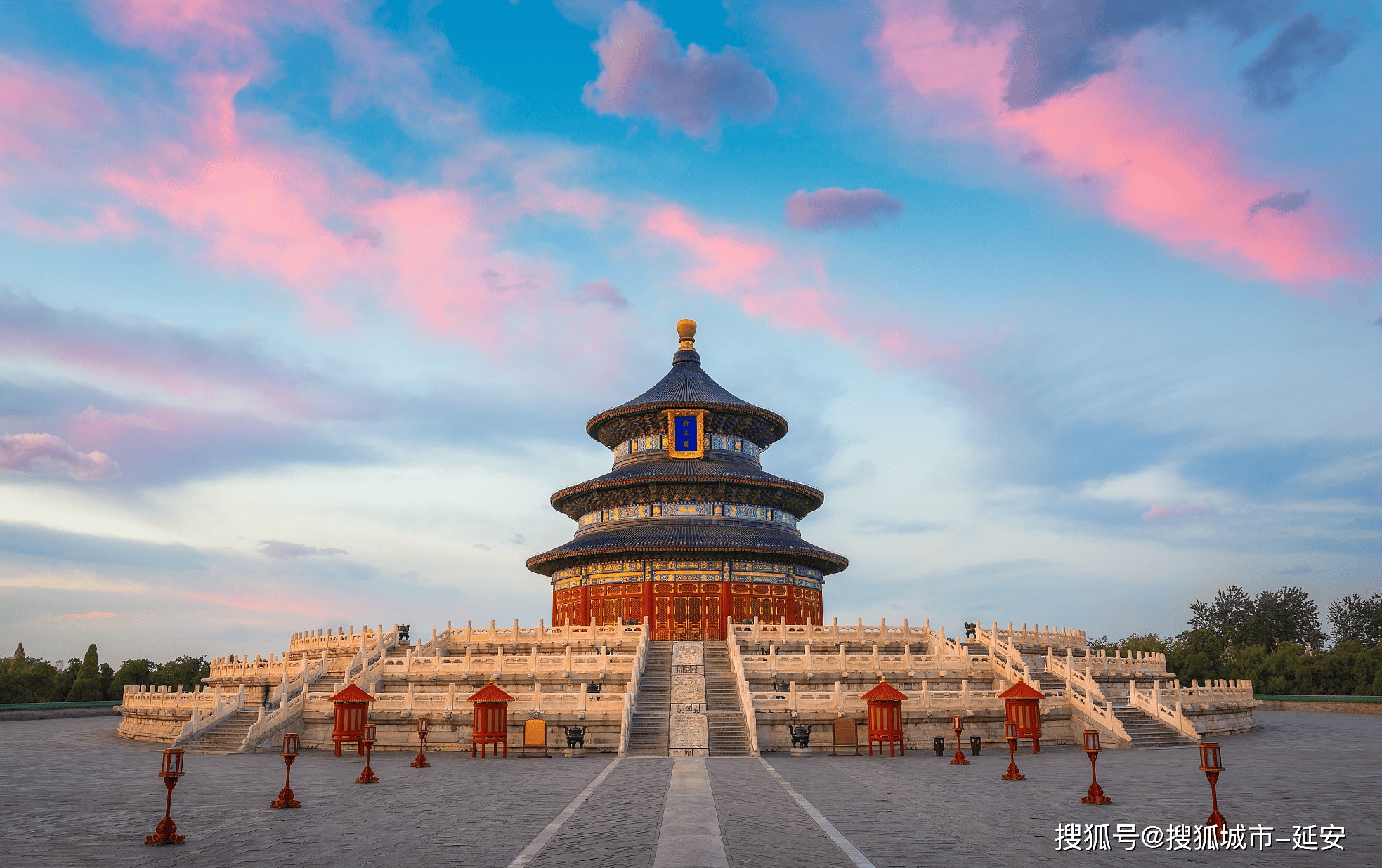Beijing, the capital of the People’s Republic of China, stands as a testament to the country’s rich history and vibrant culture. With over 3,000 years of recorded history and more than 800 years as a capital, Beijing has witnessed the rise and fall of numerous dynasties and has evolved into a modern metropolis that seamlessly blends tradition with innovation.
A Journey Through Time
Beijing’s history is marked by its strategic location at the northern edge of the empire, where the cultures of settled farmers and nomadic tribes converged. This unique position made it a coveted prize for various factions throughout history, reflected in the numerous name changes the city underwent.
During the Warring States period (5th–3rd century BC), Beijing, then known as Jicheng, became the capital of the Kingdom of Yan. The Liao dynasty renamed it Yanjing in the 10th century, and the Jin dynasty called it Zhongdu (“Central Capital”). The Mongol armies of Genghis Khan conquered and razed the city in the 13th century, only to rebuild it under the name Dadu (“Great Capital”). Marco Polo described it as one of the largest and most populous cities on Earth at the time.
The Ming dynasty (1368–1644) marked a significant turning point for Beijing. In 1421, the Ming emperors officially designated it as the capital, renaming it Beijing (“Northern Capital”). This period saw the construction of many iconic landmarks, including the Forbidden City, a UNESCO World Heritage Site since 1987. The Qing dynasty (1644–1911/12) continued to make Beijing its capital, further enriching its cultural and architectural heritage.
In the 20th century, Beijing experienced a series of upheavals. It was occupied by European forces during the Boxer Rebellion in 1900 and later by the Japanese army in 1937. After the communist victory in 1949, Beijing was once again established as the capital of the newly founded People’s Republic of China.
Cultural Tapestry
Beijing’s culture is a rich tapestry woven from its historical threads and diverse influences. The city’s traditional hutongs, narrow alleys derived from the Mongolian word for “lanes,” are not just physical spaces but living museums that preserve the social life and history of Beijing’s citizens. These alleys, along with the siheyuan (traditional courtyard houses), reflect the city’s deep-rooted respect for tradition and Fengshui principles in architecture.
Beijing cuisine, also known as Mandarin cuisine, is a fusion of various regional styles, including Shandong, imperial, and ethnic cuisines. The famous Peking Roasted Duck is perhaps the most well-known dish, symbolizing the city’s culinary excellence. The Manhan Quanxi, a traditional Manchu-Han Chinese full banquet, is another culinary marvel that showcases the city’s imperial heritage.
The city’s religious landscape is equally diverse, embracing Buddhism, Daoism, Islam, and Christianity. Temples and places of worship throughout Beijing reflect the city’s openness and inclusivity, allowing different beliefs to coexist harmoniously.
Modern Metropolis
Today, Beijing is a sprawling metropolis characterized by its towering skyscrapers, extensive transportation networks, and vibrant cultural scene. The 2008 Olympic Games brought about a transformation of the city, with new infrastructure and architectural marvels adding to its allure. Landmarks such as the Bird’s Nest Stadium and the Water Cube have become symbols of modern Beijing.
Despite rapid modernization, Beijing retains its historical charm. The Forbidden City, Temple of Heaven, and Summer Palace stand as reminders of the city’s imperial past, while the Great Wall and the Grand Canal bear witness to its ancient engineering prowess.
Conclusion
Beijing is more than just a city; it is a living museum that tells the story of China’s past and present. Its rich history, cultural diversity, and modern dynamism make it a unique destination that continues to captivate visitors from around the world. Whether exploring its ancient landmarks or experiencing its contemporary vibrancy, Beijing offers an unforgettable journey through time.
